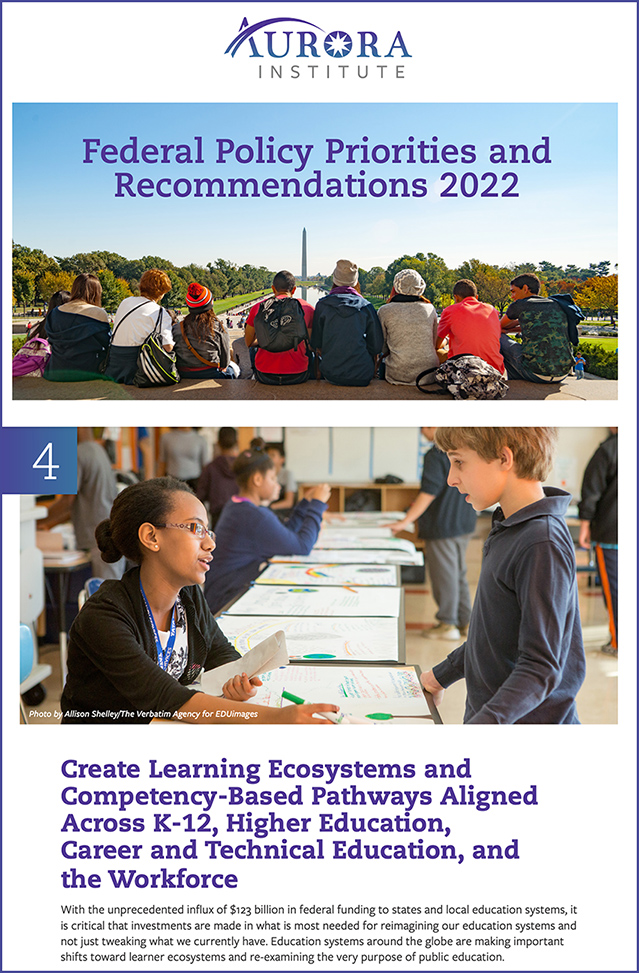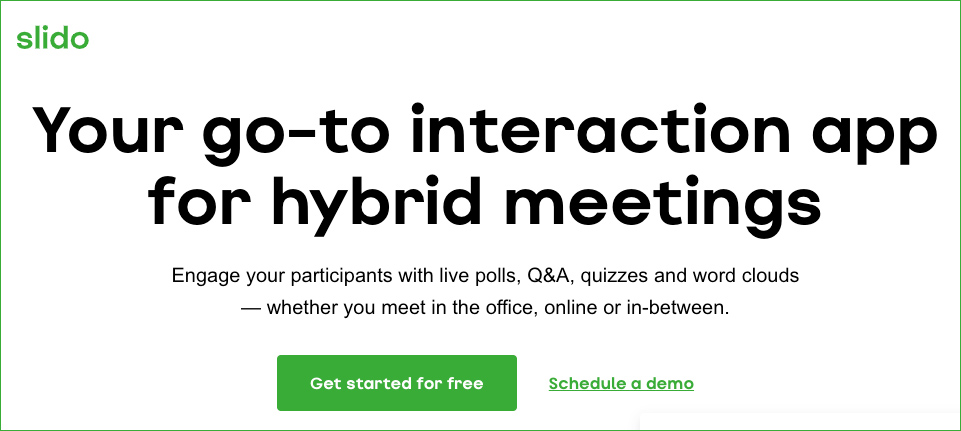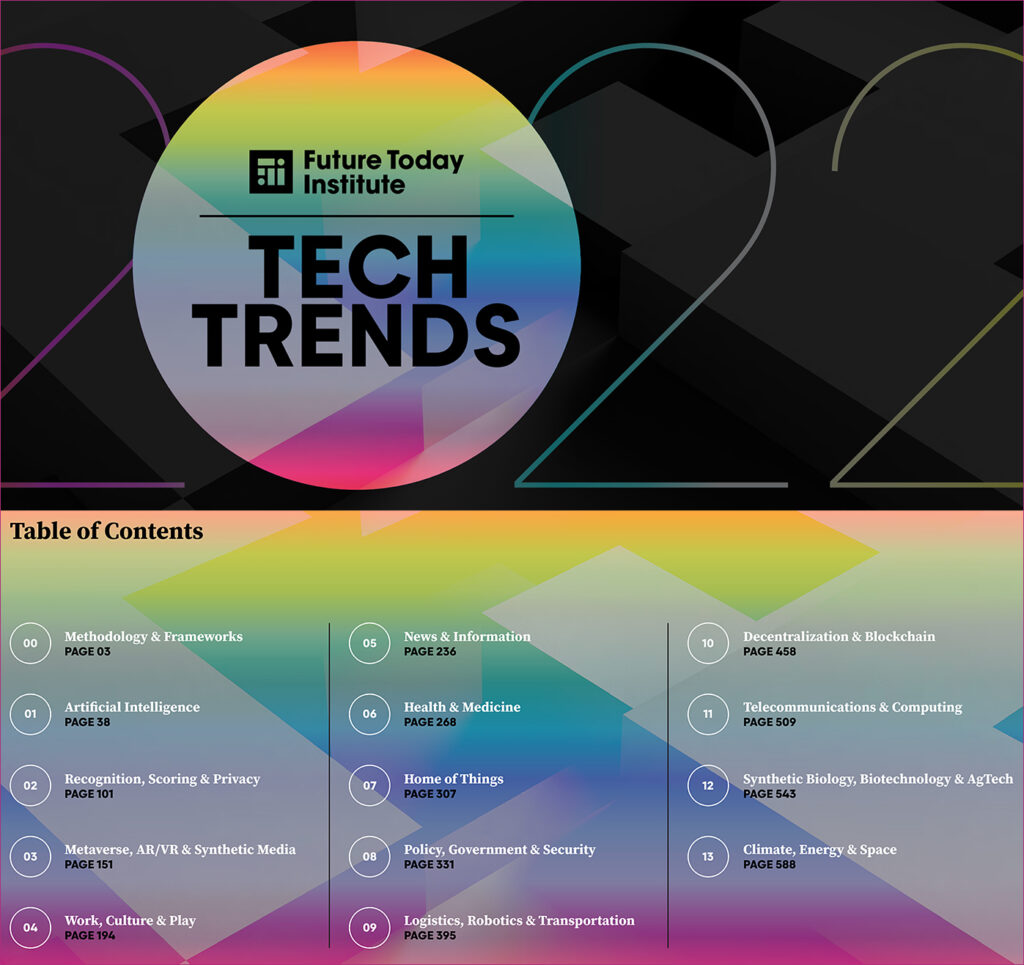Brands Are Already Making Millions in the Metaverse. Here’s What Business Owners Need To Know. — from inc.com by Ben Sherry
Entrepreneurs who follow Gen-Z into the metaverse could gain a competitive advantage.
Excerpt (emphasis DSC):
If you’re still skeptical about the metaverse, you certainly aren’t alone. According to a recent survey, 55 percent of adults with yearly incomes over $100,000 said they were not interested or excited about the concept, while 37 percent said they were primarily worried about it. Only 6 percent of respondents claimed to be excited about the metaverse.
Those numbers might not seem encouraging, but it’s important to remember that one of the most popular metaverse platforms currently available, Roblox, averages more than 54 million daily users, the vast majority of whom are Gen-Z or younger. Those users have cumulatively spent more than $1 billion on digital items such as outfits or accessories designed to be worn by player avatars in addition to in-experience upgrades and various other paid features.
From DSC:
The article stated that over 30 million virtual worlds had been created from scratch using Roblox Studio, the platform’s creation engine. So youth are creating, sharing, and participating in virtual worlds all the time…while experimenting, playing, and practicing their creativity. This all is done outside of school. Hmm…
















